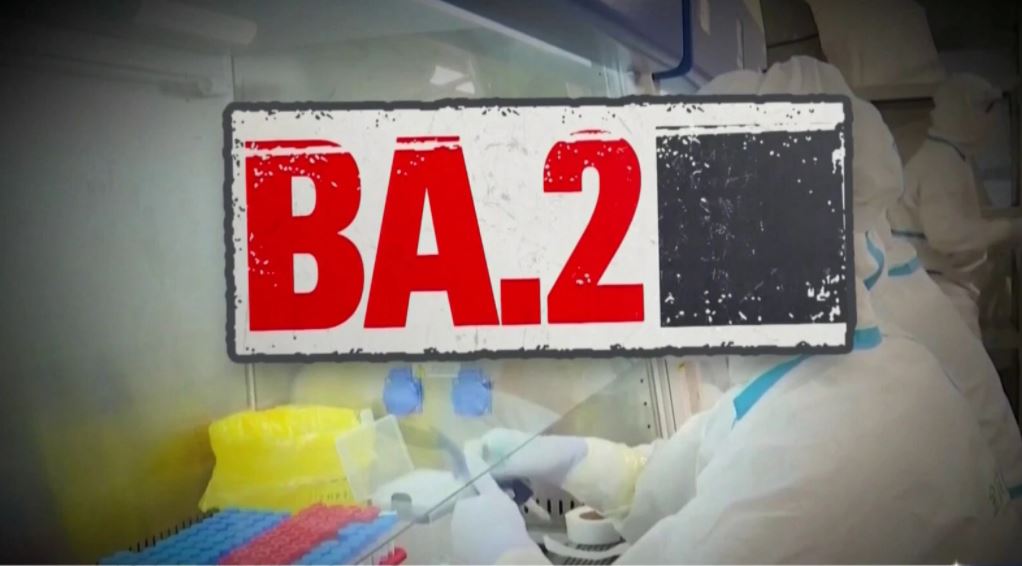With COVID-19 cases in Massachusetts schools starting to creep up again as the BA.2, or "stealth omicron," variant has become the dominant strain, could the state Department of Elementary and Secondary Education decide to reimplement a school mask mandate? And perhaps more importantly, should it?
We asked three top Boston doctors that question during this week's "COVID Q&A" segment. And while they said school mask mandates could be implemented on a local level, they remain hopeful that we won't have to return to statewide guidance.
WATCH ANYTIME FOR FREE
>Stream NBC10 Boston news for free, 24/7, wherever you are. |
Massachusetts has seen a decline and leveling off of COVID-19 cases since the omicron peak in January, prompting towns, cities and school districts to weigh lifting pandemic safety restrictions like mask mandates.
But after weeks of declines, the number of COVID cases reported in Massachusetts schools rose from 1,717 to 2,022, an increase of 305 week over week. And a COVID outbreak last week at Peabody Middle School in Concord led the school to cancel classes and close school for a day to allow sick students a chance to recover and to curb the further spread of the virus.
Get updates on what's happening in Boston to your inbox. Sign up for our >News Headlines newsletter.
Even with that as a backdrop, the fact that hospitalizations remain low has experts feeling confident that we won't have to go back to where we were during the omicron surge in January.
"I mean, you know, there have always been outbreaks in schools when they wore masks," Dr. Shira Doron of Tufts Medical Center said. "It is expected one might see outbreaks in schools without masks. This virus is so interesting in its differential dispersion. You will have somebody in a classroom where no one gets infected and then someone in another classroom where everyone gets infected."
Doron said the Centers for Disease Control and Prevention has outlined a structure around decisions about masks for K-12 students that includes hospitalization rates and hospital capacity.
"I would think that definitely a trigger [for a return to masking] would be a new immune-invasive variant that is severe enough to put people in the hospital," she said. "But you know, if you ask 100 experts you will get 100 different answers on exactly what should be the metric threshhold criterion to reinstitute a statewide school mask mandate."
Brigham and Women's Hospital's Chief of Infectious Disease Dr. Daniel Kuritzkes said if there is any return to school masking, it should be handled locally instead of by statewide mandate. Especially since there has been no indication that schools are superspreaders.
"The key here is to be driven by data and make local decisions as much as possible instead of statewide," he said. "One key thing we've learned over the last two years is the greatest imperative should be to keep schools open and keep students in classes. So unless it becomes a safety issue because there's inadequate staff or personnel to be able to run the school because they're out sick, then every effort should be made to keep the schools open. It will then depend on local prevalences and capacity whether you need to go back to masking in individual districts or communities in order to minimize the spread -- recognizing that most of the children who get infected generally caught COVID outside of school."
Boston Medical Center's Dr. Sabrina Assoumou agreed that school masking decisions should be handled locally. But she also said hospitalizations alone may not be enough to use as a benchmark for bringing masks back.
"I agree with looking at the local environment to decide what it is," she said. "I've always favored metrics -- what are the metrics you're using before removing mitigation measures?"
"The CDC has put together a framework that answers the question 'If you get sick today, is there going to be an available space in the hospital for you?' but they're not talking about whether there's a lot of transmission in the community," she added. "The metric from the CDC does take into account case numbers per 100,000, but it uses a very, very high threshhold. I think we should be using local data and using metrics and also keeping our schools open, because we know that keeping our kids in school in person is going to be very important."




